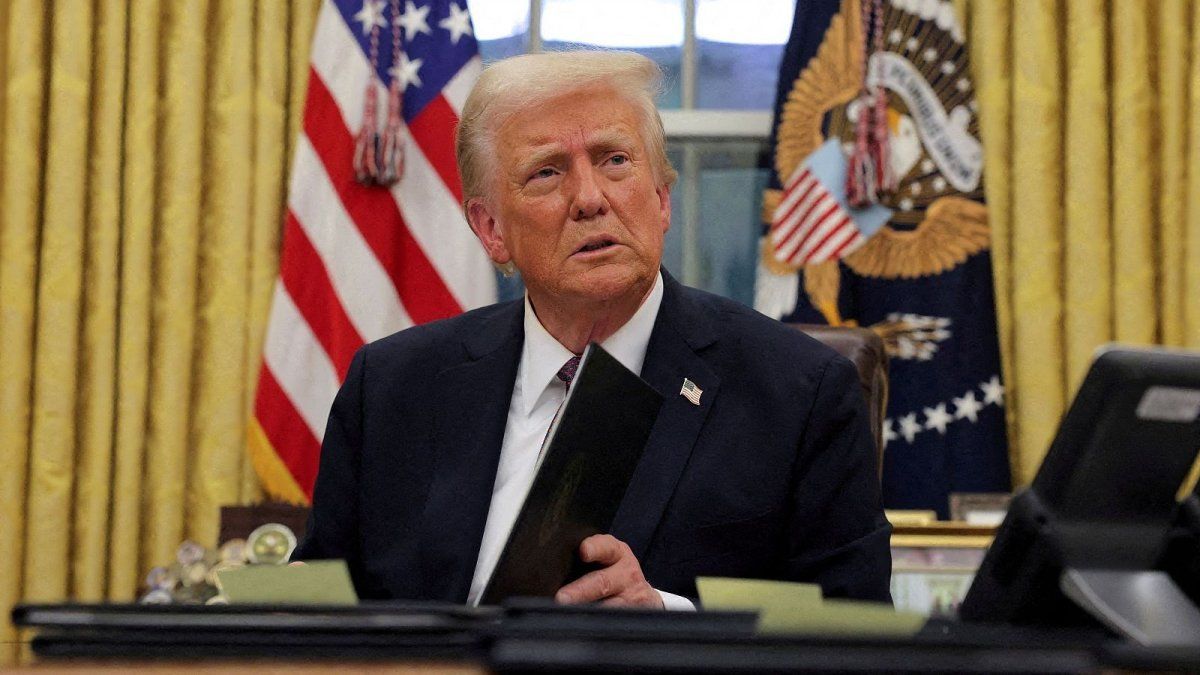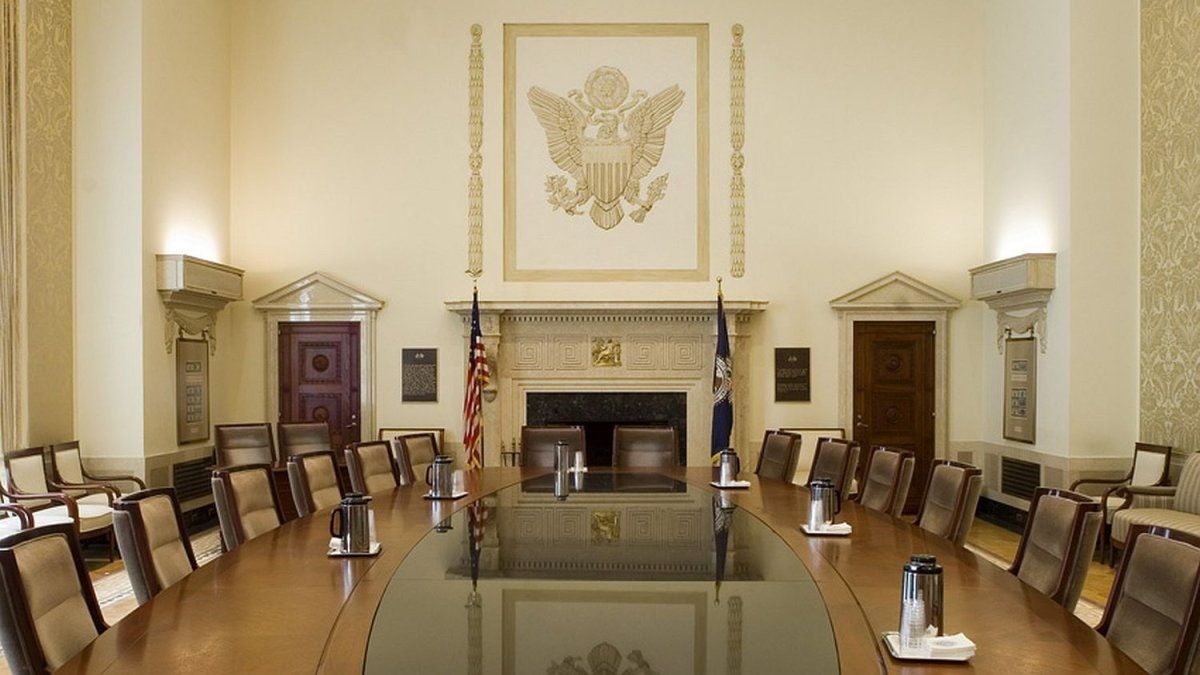The American Labor Department on Thursday that the initial applications of state unemployment subsidies fell by 10,000, to a unstacilities of 236,000in the week ended on June 21. Economists had planned 245,000 Applications for the last week. Data include a national holiday in the period and applications tend to be volatile around holidays.
Technical factors, as well as the beginning of summer school holidays, have been responsible for the recent increase of the applications, which have placed them at the upper end of the range of 205,000-250,000 requests for this year. In some states, non -teaching staff can request unemployment benefits during summer holidays.
Brake on the hiring of workers in the US
Nevertheless, The layoffs have rebounded And economists claim that the wide import tariffs of President Donald Trump are making it difficult to plan companies.
While layoffs are still historically low, hiring has been mediocre, which has made it difficult for many unemployed to find new opportunities.
The number of people who receive benefits after an initial aid week, an indirect indicator of the hiring, increased by 37,000 to 1,974 million seasonally adjusted during the week that ended on June 14, the highest level since November 2021, according to the request of applications.
The so -called continuous claims covered the week during which the Trump government surveyed households for the June unemployment rate.
The high continuous applications have made several economists wait for the unemployment rate to rise to 4.3% in June from 4.2% in May.
A survey of the Conference Board showed this week that the percentage of consumers who consider that employment is “abundant” fell at June to the lowest level in more than four years. “It is likely that the growing volume of layoffs will translate into an increase of at least one tenth of the national unemployment rate in the June report,” said Lou Crandall, chief economist of Wrightson ICAP.
Fed keeps caution
The Federal Reserve has responded to economic uncertainty with a pause in its interest rate cut cycle. The president of the Fed, Jerome Powell told legislators this week that the US central bank needed more time to calibrate if tariffs boosted inflation before considering lowering the cost of credit.
Last week, the FED maintained its reference interest rate to one day in the range of 4.25%-4.50% in which he has been since December.
Source: Ambito




